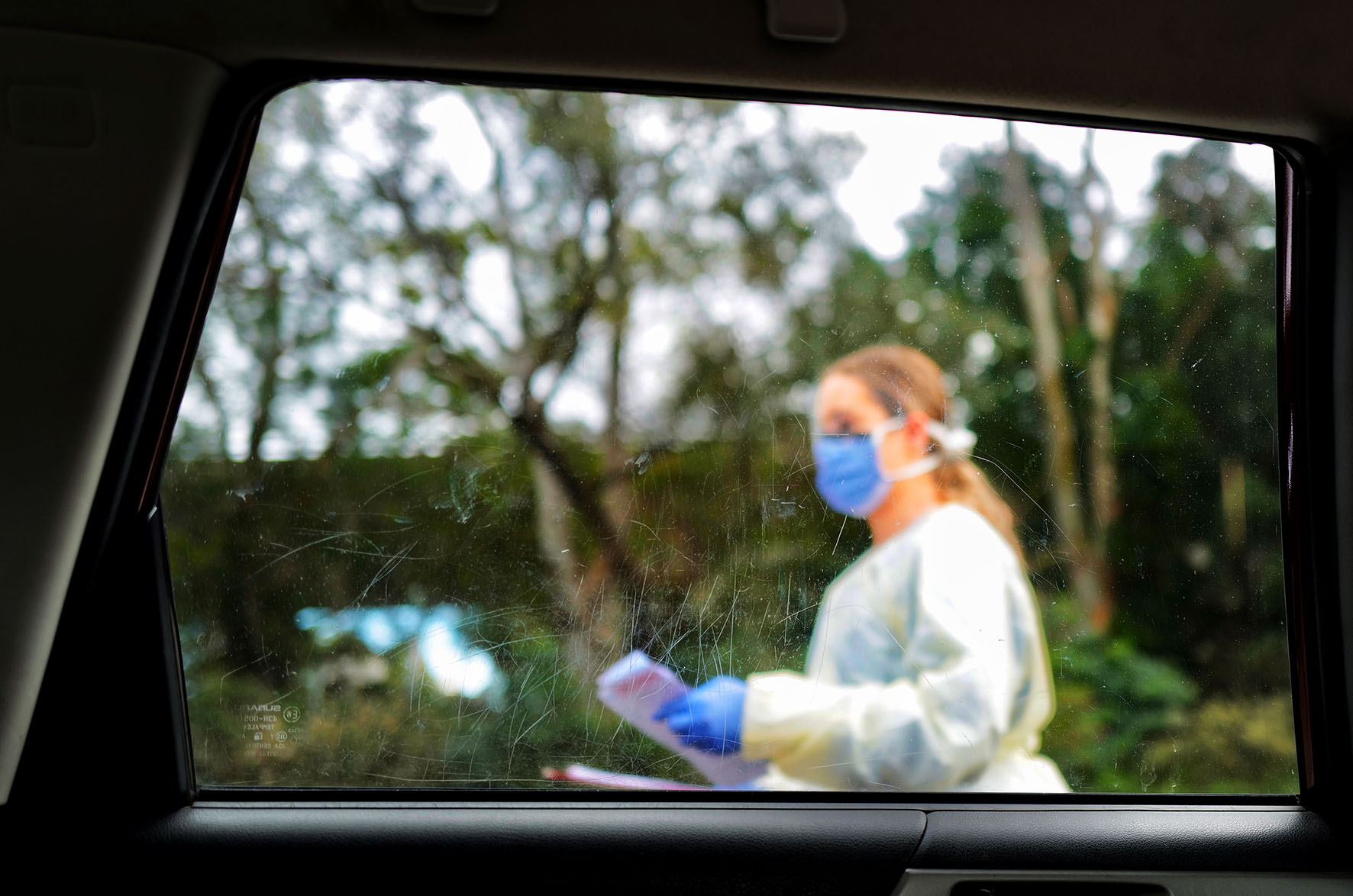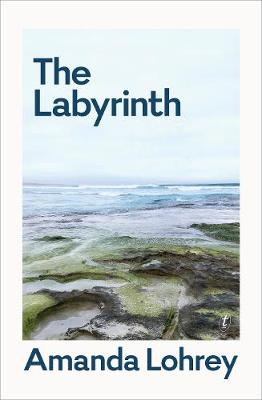Special Issue: Covideology: Mediating the significance of a pandemic
Editorial
Hart Cohen
Western Sydney University
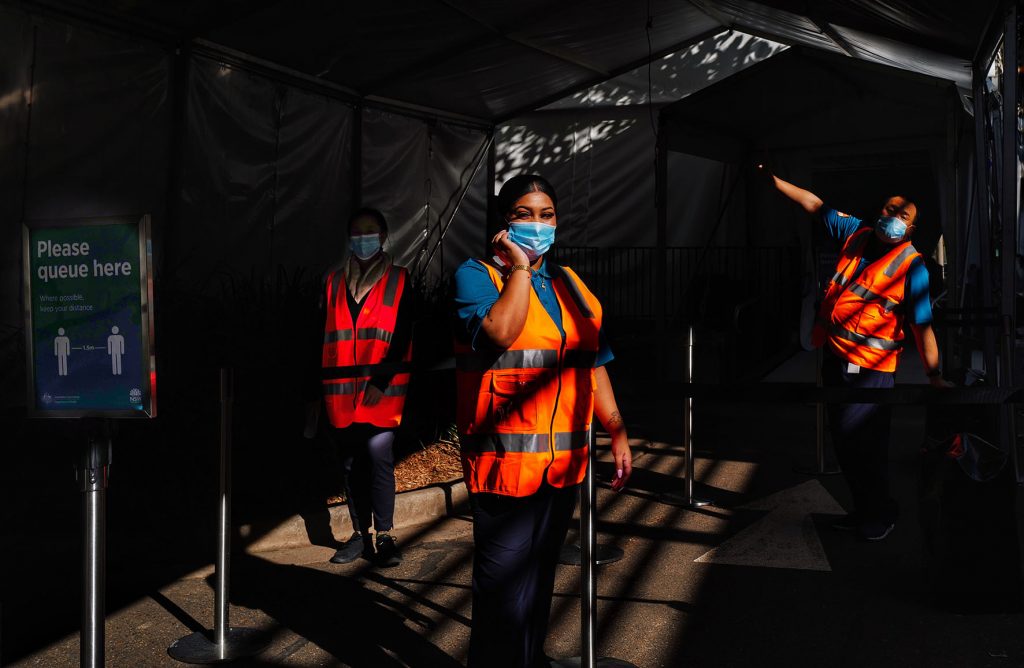
Image: Grace Sui ©
In developing the call for papers for this issue of GMJ/AU in September of 2020, little did we know the pandemic would not only be unfinished by the time of publication, but that it would be raging unchecked with deadly consequences through 2021.
As we wrote:
Over the last few months from early 2020, we have been waking up to a world that is less recognisable and less familiar to what we would have expected of our current lives and livelihoods.
Living with the pandemic, however, was also living with its daily mediations, sometimes painful in their shortcomings, from our local media to the politically motivated disinformation of the Trump White House. It appeared from early on that information would be a hot commodity, and throughout 2020, the media itself became a hotly contested space when it came to dealing with the pandemic. As such, we are pleased to publish a range of papers that approach the phenomenon of COVID from a raft of perspectives with close attention to mediation and public communications.
Our lead paper by Kruger, Beamen and Attard, surveys Australian journalists in their attempts to deal with misinformation and dis-information around the pandemic. McConnell and Arvanitakis also explore misinformation via the prism of the extraordinary events in the USA of 2020-21 where media, especially social media, played controversial roles in the public reckoning of the Trump regime. This perspective is further developed in Lori Montalbano’s article, ‘American Covideology: The Politicising of a Global Pandemic’ where she tracks the politicisation and its role in Trump’s failed pandemic response and the subsequent fallout in the USA.
With the impacts of COVID 19 on all aspects of life, the attempt to develop an early intellectual and research engagement with the mediation of COVID was a challenge – but one that we believed was essential to take on. The emergence recently of similarly themed treatments by journals and other communication outlets suggest that our intuitions to develop an early reflection on the pandemic were spot on. Some analytical work on communication and media issues related to the pandemic was well advanced. For example, using text/content analysis methodology in a ‘scrape’ of Twitter, Ray Archee identifies key concepts related to the pandemic. His piece, ‘Communication, mainstream media, and Twitter: A summative content analysis of the concepts surrounding the COVID-19 pandemic during 2020’ isolates and analyses key concepts that were circulating in social media during the early stages of the pandemic.
Also, in our call for papers we wrote that:
With the number of deaths affecting more low-income earners, the elderly and African Americans in the USA, the impact has not been evenly distributed. The implications are that as a crisis it is multidimensional – it is a representational crisis, a media crisis, an information crisis, a psychological crisis and an ideological crisis. COVIDeology spans this multiplicity of crises.
Why COVIDeology? Combining ‘COVID’ and ‘ideology’ into the neologism, COVIDeology might seem like a conceit, however, it has its origins in the work of Raymond Williams. Williams, in his book, Marxism and Literature, who mapped three dimensions to the concept of ideology. First, it is given in its commonsense usage as a ‘belief system’; second, the Marxist idea of ‘false consciousness’ defines ideology as a distorting effect where the world is rendered in reverse (as in the analogy offered of the camera obscura where the image is upside down when seen through the viewfinder); third, ideology is defined as a system of representation. It is this last sense of ideology that engenders our interest in analysing the mediation of the pandemic and aligns it with the Gramscian idea of ‘dominant ideology’. Here, disinformation is a distortion of truth or fact – something that was played out in stark terms by the Trump White House and which we see continuing to play out in relation to the deployment of the vaccine overseas and in Australia. COVIDeology is a way of addressing the ideological underpinnings of how COVID-19 is represented, distorted and used to evoke fear, distrust and anxiety (the current debate about the deployment of the Astra Zeneca vaccine to those under 60 is a case in point). The ‘In Conversation’ interview with Ariel Bogle on disinformation and the response to COVID extends the reflection of this COVID-related phenomenon.
Fast forward to 2021, and the pandemic has seen a multiplicity of global and local events that have shifted the ground, but that have not lessened the many contradictions connected to COVID-19. Some of those contradictions hit very close to our sense of what ‘normal’ means. The so-called ‘new normal’ is meant to cast a sense of how to behave as we construct our post-COVID future. But this is a vexed project – with no real sense of how secure we are even in a relatively COVID-free Australia. The so-called vaccine ‘rollout’ in Australia is also similarly subject to disinformation and poorly administered processes. These life and death machinations of the main panacea – a vaccine – that might take us towards a post-COVID future show a similar pattern of how mediation, and specifically disinformation, has marred and shaped the pandemic experience.
There is no escape from the fact that the virus has caused millions of deaths. Each death needs to be mourned not only as a form of moral obligation, but to remind us that these should not be tolerated in the terms that they are often presented: unavoidable, unpreventable, unaccountable. But the emergence of a novel corona virus bespeaks a deeper malaise linked to an environmental crisis of our time. The point of contact is in zoonotic transfers – caused by the over-imposition of humans on other species – the destruction of their habitat and their use as a food source. Not so much an accident waiting to happen, but a tragedy that reflects the human condition in all its ignorance and exploitation of the planet.
One of the constants of the past year is the use of the word ‘unprecedented’. This word was often used in conjunction with the Trump regime and continued as COVID-19 took ownership of our focus and lives. Was the pandemic ‘unprecedented’? In the pages that follow, James Gourley argues that it was not, and his paper ‘Not Unprecedented: Australia’s COVID Archive’ explores a very 21st century set of digital archives where, in a different way to the survivors of previous pandemics, modern media users are able to record their survival and coping stories much more easily. It seemed like the pandemic was unprecedented because the world – particularly the world’s richer nations – were so unprepared for its eventuality. However, the flu pandemic of about 100 years ago was a precedent of sorts – but one whose cultural memory faded in the midst of time and provided few reminders that could inform our present. The grainy black and white images from the archive release a ‘déjà vu’ but not a ‘déjà savoir faire’ (know-how). There have been more recent epidemics sufficient to provide the warnings we needed.
And if there are any doubts about the cynicism of the historical moment, why are global stockmarkets the highest they have ever been? Do mass deaths make capitalism work better? Retail surges suggests ‘yes’ as the pandemic was good for some businesses (and devastating for others). And retail therapy could literalise the idea that one could buy or stream one’s way to mental health from angst-ridden heights. With domestic violence and deaths surging in both the US and Australia, the pandemic exacerbated an already endemic social problem of gendered violence in Australia. These are the contradictions of COVIDeology that has made death less of a tragic experience and more of a statistic, and where data journalists along with epidemiologists are the new heroes of the nightly news.
As an example of a progressive media innovation, Coronacast – an ABC podcast – is a case in point. A program that offers daily updates and answers questions about COVID, has been going for 15 months hosted by Dr Norman Swan (of the ABC’s ‘Health Report’) and Tegan Taylor. Apart from maintaining a buttress against misinformation, this mediation of COVID is anchored in its audiences’ anxieties and fears, and so does well to abate them where and when they can by answering their queries. It is also an index of how critical the media is to understanding the significance of the pandemic. Adjacent to this information is the context of Australia’s policy of suppression of the virus in distinction from the majority of nations whose infection rates and deaths far outstripped Australia’s. Now with vaccines beginning to lower infection and death rates, nations are opening up slowly and at some point, Australia will be challenged to open as well, putting its virus suppression strategy at risk. There are those who remain scathing about Australia’s slow approach to both repatriation of its citizens and the closure of international borders (with the exception of the NZ bubble), views that are often couched in an equally ideological, often neo-liberal framework.
Some critics (The Conversation, May 4, 2021) have questioned the Commonwealth government’s approach as unnecessarily severe and linked the national approach to a xenophobia particularly in its response to the Indian-Australian citizens seeking to return at the height of the Indian infection spread and subsequent high incidence of death. Considered as overly punitive, especially when compared to those citizens returning from European nations such as the UK, the Commonwealth’s response to the India outbreak was linked to Australia’s prior state sponsored racism with reference to the White Australia policy repealed by the Whitlam government in 1973. Some 50 years on, this suggests that xenophobia remains embedded in the Australian nation’s DNA. Dr Jagvinder Virk, an Indian-Australian community leader, said ‘I have always said there is a ‘white Australia’ policy, and today we are seeing it.’ From another perspective, in his essay ‘Assessing the centrality of border policies for the COVID responses in Australia Work”, Brett Neilson, states that his piece, ‘… approaches borders not only as devices of exclusion, but also as complex sets of mediating techniques and technologies that filter the passage of people and things’. The advent of COVID, it would seem, has merely highlighted a further aspect of the national psyche as is reflected in Australia’s response to it border policies.
In 2020, one could be mistaken in not recognising that some of the most significant disasters and public protests occurred under the veil of COVID: the climate change-induced bushfires on Australia’s east coast in January 2020 and a government still paralysed to adequately respond to climate change legislatively or programmatically.
It is also in the context of COVIDeology that saw the Rio Tinto destruction of the Aboriginal Sacred Sites of Juukan Gorge in the Pilbara of WA. Not unconnected to this industrial form of racism, were the massive protests against the police killing of George Floyd under the banner of Black Lives Matter and the so-called insurrection and attack on the Capitol of January 6th creating a spectre of a democracy in shambolic disarray at the behest of the then chaos inducing POTUS, Donald Trump. Any one of these events would be sufficient to command not only our attention but our intense concern for a world with degraded and degrading values. These highly significant events were all somewhat diminished by COVID and ‘normalised’ by the impact of the pandemic.
The COVIDeology issue is rounded out by a conversation with David Rowe in which some of the unpredictable impacts on sporting events and individuals were seen. Diana Blom offers ‘Time’ a modern folksong for COVID in which ‘… no live performance has taken place, and the songs are to be posted online’ joining these other musical responses to the COVID-19 pandemic and Dave Cubby and Grace Sui provide a stunning photo essay. We also have a special COVID Australian Media Monitors by Tim Dwyer.
We chose ‘…The future kept arriving …’ from Ian McEwan’s (2019) novel, Machines Like Me, as an epigraph for this issue. This is to place squarely the question of a future of which COVID will undeniably be a part. COVID induces the feeling that the future is already always here. However, there is a growing concern with accepting the idea of a ‘new normal’ when driven by the antinomies of vapid optimism – Joe Biden’s ‘Build Back Better’ or Scott Morrison’s ‘those who have a go, get a go’ – and a critical pessimism that simply looks away from what has passed for approaches to our deepest concerns. The idea of a planetary regard (Nugent, 2021) may be an idea in the making – but has a sense that that any new normal needs a different approach to transform our status from a ‘community with nothing in common’ (Lingis, 1994) to one where we can find a consensual response in heeding Kipling’s warning about a dystopic scenario where, ‘We can neither love nor pity nor forgive.’
We also include papers recently completed, but which do not form part of the special issue. In Scripting with the Sports Body, Sebastian Byrne explores the ways in which the body of the actor in the sports film can be more fully accentuated through a rethinking of the relationship between their sports performance and the other cinematic elements. Cimei Tang and Asha Chand in Panda meets Koala: A comparison of journalism education practices in China and Australia, explore the trajectories of learning in journalism in two culturally different academic institutions: Xiamen University in China and Western Sydney University in Australia. Finally, we are pleased to publish a postgraduate contribution from Zhiguo Wang of the University of Queensland who completed a content analysis of 2008 Beijing Olympics coverage in The Australian newspaper: a timely exploration just as we are about to witness the opening of the COVID-delayed, and COVID-impacted, 2020 Tokyo Olympic Games.
I would like to thank all those who made this issue possible under difficult circumstances. Thanks to all the authors who contributed their research and thinking about COVID. Thanks to the many reviewers for their time and close consideration of the papers. The quality of the work was improved immensely as a consequence of your attention to these submissions. Thanks to my co-editors, Antonio Castillo, Myra Gurney and Saba Bebawi. Special thanks to Myra Gurney for copyediting the material and Roman Goik for his mastery of the web. Thanks to all.
Hart Cohen for the editors
July 2021
Special Issue Refereed Articles
-

Ready or not: A survey of Australian journalists covering mis- and disinformation during the coronavirus pandemic
Anne Kruger
Read Abstract Read Article
University of Technology (UTS), Sydney
Lucinda Beaman
University of Technology (UTS), Sydney
Monica Attard
University of Technology (UTS), Sydney
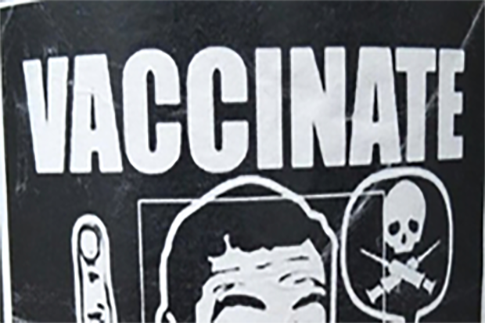
Not Unprecedented: Australia’s COVID-19 Archives
James Gourley
Read Abstract Read Article
Western Sydney University

What is the harm in misinformation? Shadows of COVID-19 in public discourse online
Jason McConnell
Read Abstract Read Article
University of Wyoming, USA
James Arvanitakis
Western Sydney University
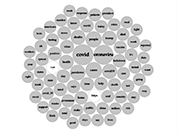
Communication, mainstream media, and Twitter: A summative content analysis of the concepts surrounding the COVID-19 pandemic during 2020
Ray Archee
Read Abstract Read Article
Western Sydney University

American COVIDEOLOGY: The politicising of a global pandemic
Lori L. Montalbano
Read Abstract Read Article
Indiana University-Purdue University Columbus

‘Time’, a modern folksong in the age of COVID
Diana Blom
Read Abstract Read Article
Western Sydney University
Kevin Hanrahan
University of Nebraska
Refereed Articles
-

Panda meets Koala: A comparison of journalism education practices in China and Australia
Cimei Tang
Read Abstract Read Article
Xiamen University
Asha Chand
Western Sydney University
Essays
-

Assessing the centrality of border policies for the COVID responses in Australia
Brett Neilson
Read Abstract Read Article
Institute for Culture and Society, Western Sydney University

Vaccination at the ‘Homebush Corral’ – what can we learn from a pandemic?
David Cubby
Read Abstract Read Article
Western Sydney University

Stimulation and Simulation: Mediated Sport in a Pandemic
David Rowe
Read Abstract Read Article
Emeritus Professor of Cultural Research, Institute for Culture and Society, Western Sydney University
Interviews
-

COVID and Sport: In conversation with David Rowe
Hart Cohen
Read Abstract Read Article
Western Sydney University

CLICK-SICK: In conversation with Ariel Bogle
Hart Cohen
Read Abstract Read Article
Western Sydney University
Postgraduate Submissions
-

A content analysis of 2008 Beijing Olympics coverage in The Australian newspaper
Zhiguo Wang
Read Abstract Read Article
University of Queensland
Book Reviews
-
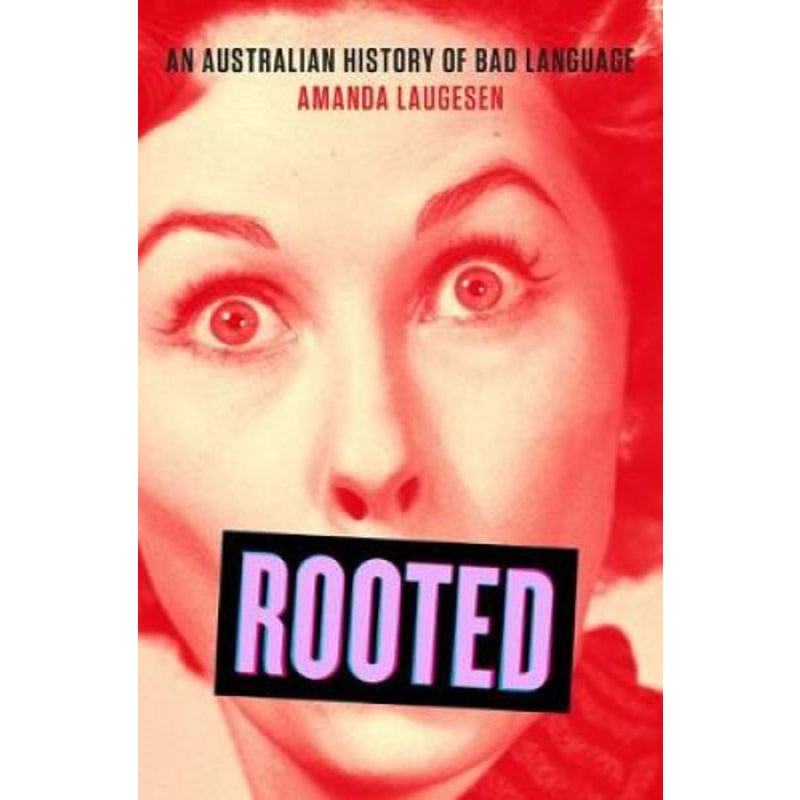
Rooted: An Australian History of Bad Language
Bridget Brooklyn
Read Review
Western Sydney University


